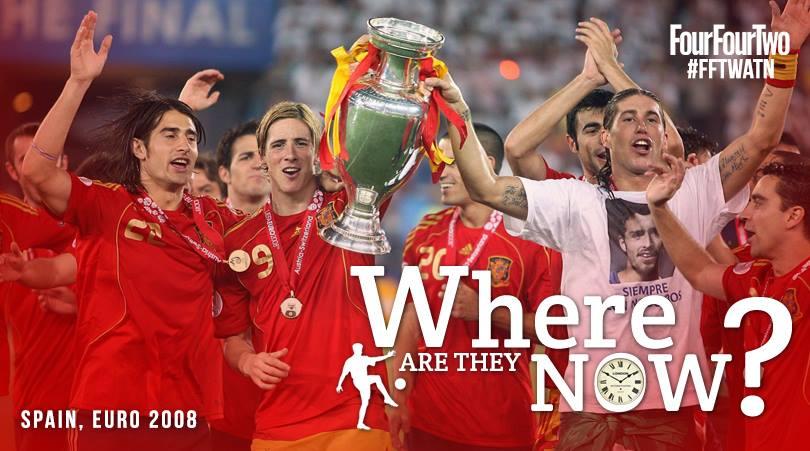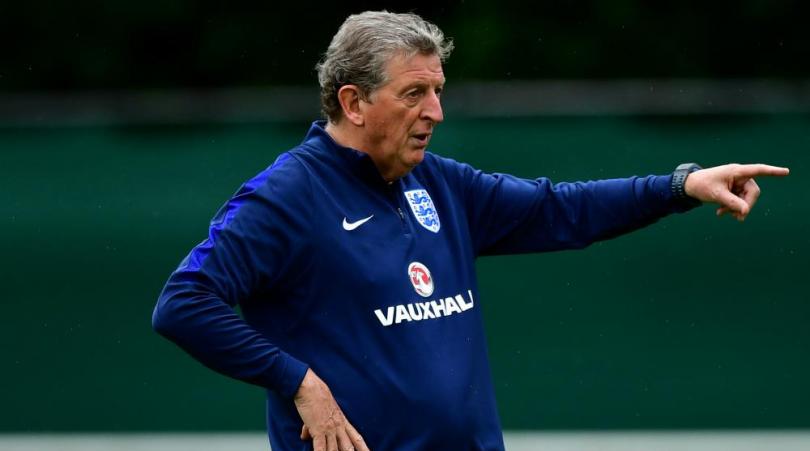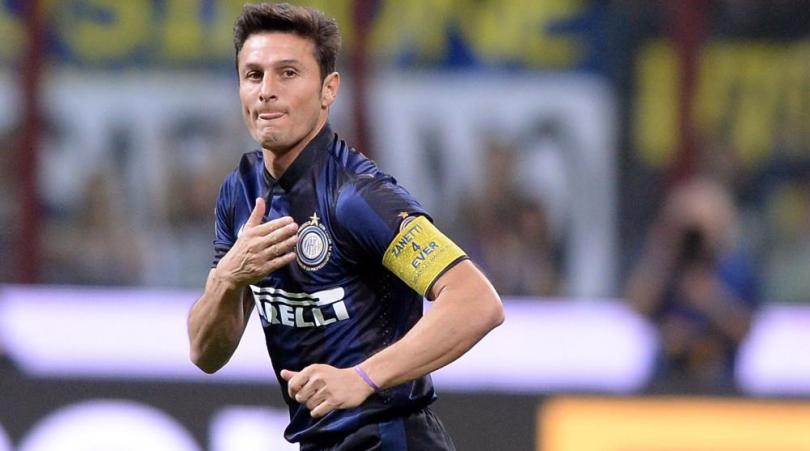How Dunga's bravery backfired, bringing Copa America misery for Brazil
The pragmatic Selecao boss took a risk in a game which he didn't need to win. Rupert Fryer writes that it cost both him and Brazilan football dearly...
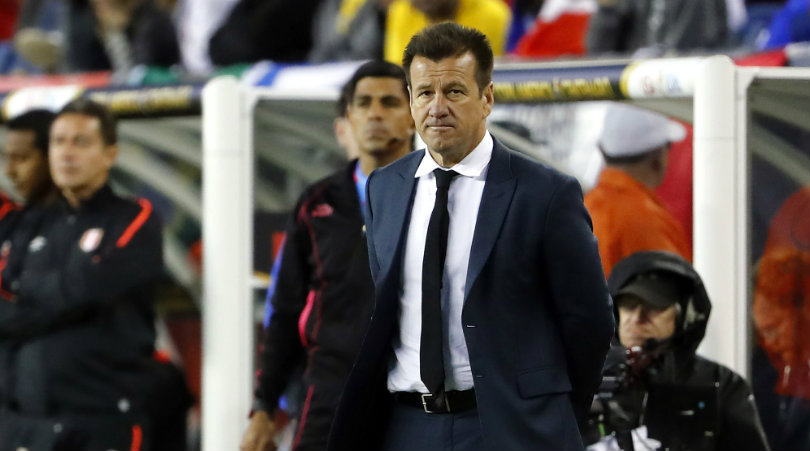
Brazil coach Dunga’s main objective at Copa America Centenario was to make it to August’s Rio Olympics without losing his job. A shocking 1-0 defeat to Peru on Sunday could see him fail to do so.
One year after suffering second-round elimination to Paraguay, eight-time South American champions Brazil have been eliminated at the first stage of Copa America for the first time since 1987.
Dunga did the unthinkable: He asked a Brazil team to start a match without a single specialist defensive midfielder in a match his side didn’t need to win
And the nature of the goal that sent the Seleção packing will make it all the more painful – the shame immediately labelled ‘historic’ by Globo after Raul Ruidiaz punched the ball across the line with 15 minutes remaining.
Unforseen error
Brazil arrived at Gillette Stadium in Foxborough in high spirits. They had crushed Haiti 7-1 just four days earlier. They had finally found a centre-forward in young Santos star Gabriel (‘Gabigol’), and, perhaps most significantly, seemed to finally be responding to that other 7-1 defeat which rocked them two years ago at the World Cup.
Nobody saw it coming. Not from Dunga – few others stood as a greater example of the pragmatism that has dominated Brazilian football for so long.
But on Sunday, he did the unthinkable: he asked a Brazil team to start a match without a single specialist defensive midfielder in a match his side didn’t need to win – a draw would have seen them safely to the knockout stage.
Get FourFourTwo Newsletter
The best features, fun and footballing quizzes, straight to your inbox every week.
Dunga had surprisingly experimented with the approach in two of his last three games, first in a friendly against Panama and then in the drubbing of Haiti; both were encouraging, though short-lived.
But with first-choice holder Casemiro suspended for the clash with Peru, Dunga had a decision to make. He came to the most un-Brazilian conclusion, adding playmaker Lucas Lima to the shuttling Elias and creative Renato Augusto, in a midfield three that would be asked to create rather than destroy.
Wrong answer
It was a progressive move from a man singled out as the most regressive of coaches. Dunga’s July 2014 appointment sent a message that Brazilian football rejected the notion that lessons could be learned from an unprecedented World Cup humiliation to Germany.
It was reverting to type. Despite their biggest on-field problem being a complete inability to pass through midfield, Brazil went back to a man who couldn’t give a damn if his double-pivot could play.
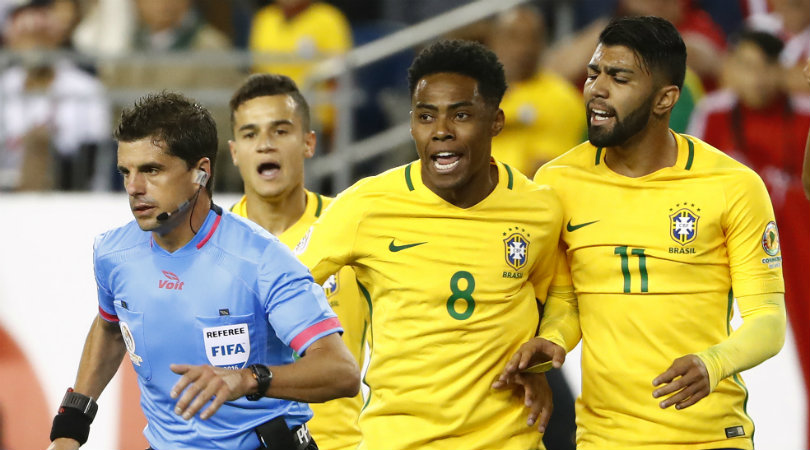
In his first spell in charge, Dunga claimed the 2007 Copa America with a reserve side, the Confederations Cup in 2009, and roared through qualification for World Cup 2010. But the limitations of his overtly pragmatic approach were brutally exposed when his side couldn't respond to going behind to Holland at the 2010 World Cup.
Dunga was little more than a product of his environment. Not since Tele Santana’s majestic side of 1982 – a team Dunga labeled “beautiful losers” – had there been any real semblance of what two-time World Cup-winning midfielder Didi once called o jogo bonito.
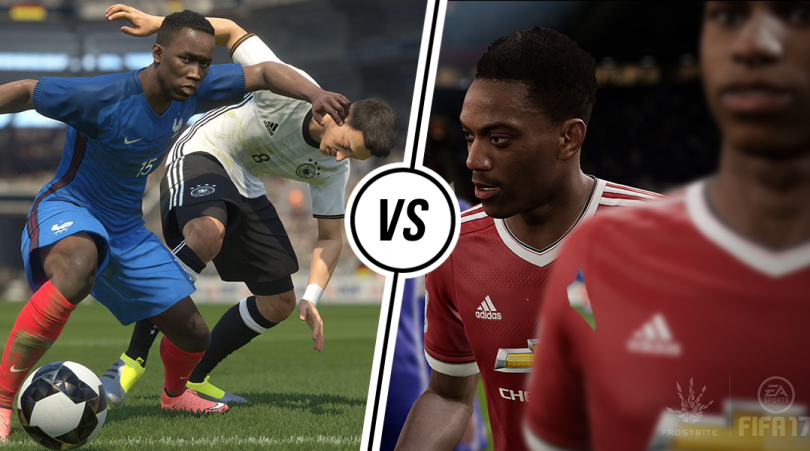
First play: FIFA 17 vs PES 2017
And even by then, the nation’s footballing bosses were coming to the conclusion that brute strength and athleticism were the way forward; that two strapping volantes (defensive midfielders) must protect a rigid back four; that each pass brought only a greater risk at losing possession; that football matches would be decided in moments, via counter-attacks and set-pieces.
Arriving 12 years after Pele & Co., Santana’s quixotic side so deeply resonated the notion of 'Brazil' as a signifier for all that is beautiful about football. A Nike advertising campaign and the likes of Romario, Ronaldo, Ronaldinho, and then Neymar, perpetuated the myth.
Samba slog
On Sunday, Brazilian football may have hoped it was witnessing an unlikely new dawn, or at least a faint ray of sunshine finally penetrating the volante-shaped cloud that has hung over the concept of o jogo bonito for so long.
By half-time, Brazil had dominated possession against Peru. They had five shots on goal and a competition-best eight corners; Peru, meanwhile, became the first team at the Copa America to go the first 45 minutes without a single effort on goal.
Gabriel had twice forced smart saves out of Pedro Gallese. But after the break, Brazil failed to regain their rhythm. Philippe Coutinho was a shadow of the hat-trick hero we saw against Peru; Lucas Lima a passenger.
Peru twice galloped away on counter-attacks around the hour mark, stopped only by a foul that conceded a dangerous free-kick and a last-ditch tackle from Miranda. But Dunga held his nerve, refusing to shut up shop as he had previously done to safeguard results even in meaningless friendlies.
The decision to bring on Hulk for Gabriel will likely be criticised, even though the former sent in a brilliant cross in stoppage that Elias somehow failed to convert from three yards. That would have saved Brazil, and Dunga.
Fortune doesn't always favour the brave. The coming days will prove how costly this defeat will be for Dunga. But Brazilian football as a whole could yet pay the biggest price for this Copa America failure.
